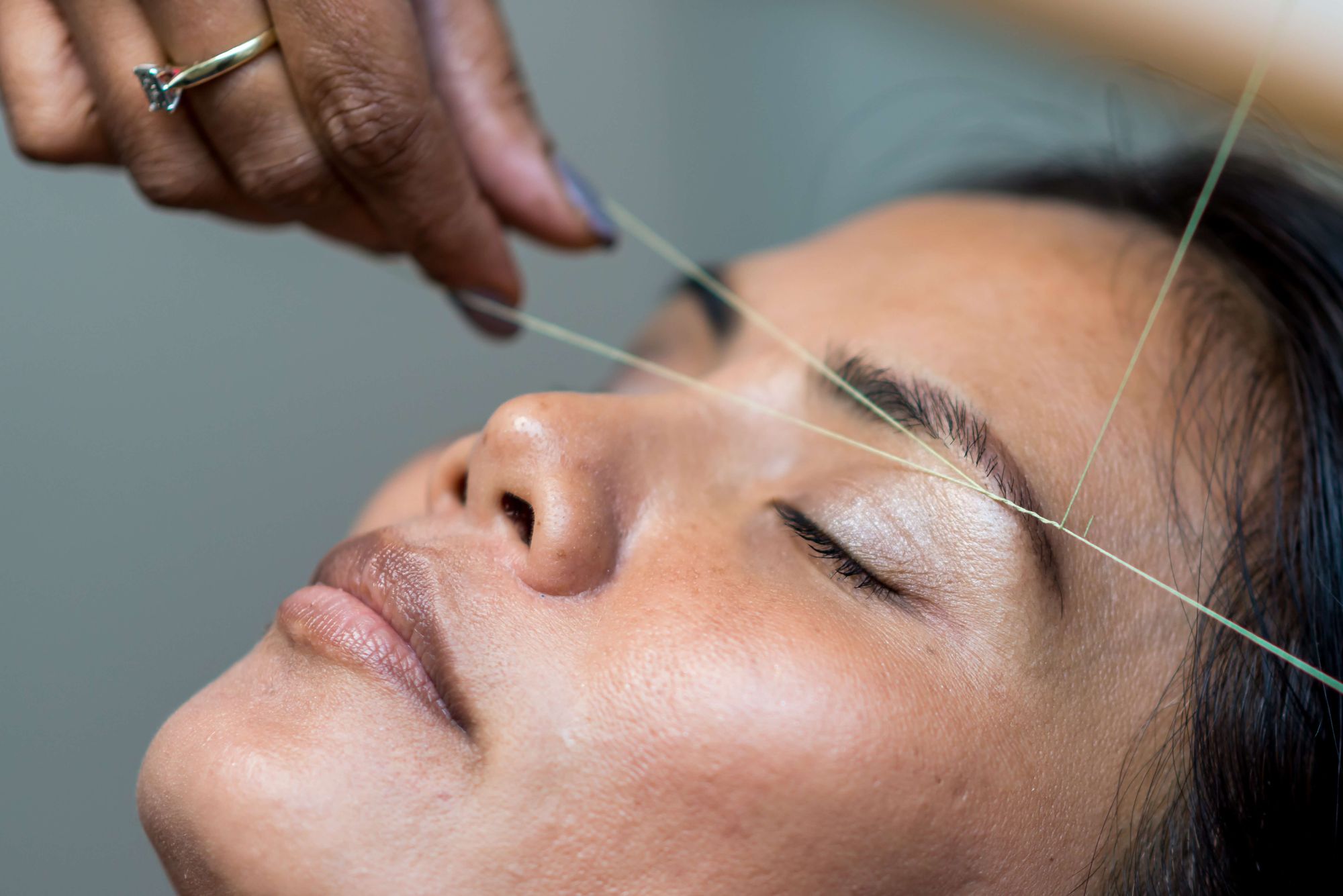History of hair removal: culture or imposed canon?

Hair removal has been at the center of the Body Positivity debates in recent years: some accuse it of being a practice imposed by patriarchy and those who respond by appealing to personal tastes and freedom. In a nutshell: we've watched people of all genders regain the freedom to choose what to do with their hair, without necessarily having to respond to stereotypical gender canons or cultural movements.

Let's start at the beginning
It’s natural for us to wonder where this practice came from and what its developments have been. We know that in each of its phases, this habit has gone hand in hand with fashions: each period has its clothes, which leave more or less skin insight. That's why some important turning points in the history of epilation are reported.
It seems that the first people to worry about their hair were the Egyptians: Egyptian women used tweezers made from shells, pumice stones, beeswax, or sugar wax to remove unwanted hair.

In Ancient Greece and the Roman Empire, it was fashionable among the nobles of both sexes to eliminate the hair even in the intimate areas (as evidenced by the statues of the time, as realistic as possible and completely hairless). It was in that period that the first razors appeared.
At the same time, in Asia, women epilated themselves by rubbing the skin with the skin of a dried shark.
In Arabia, the practice of epilation using twisted threads spread, which through a strong manual dexterity allowed to remove with extreme precision the hair from the face (and not only). This technique is still used in a traditional way today and it is not difficult to find it in Arabian neighborhoods all over the world.

In the Middle Ages Queen Elizabeth I of England imposed the standard among women: eyebrows and the first line of hair of the forehead had to be removed, often by very painful methods! It seems that the habit of removing hair in other parts of the body was also linked to hygienic needs.
In the 18th century, a French barber invented the first male razor, which became popular among women as well because of its convenience.
In 800 appeared in France the first instant depilatory creams. In 1880 the first modern razor for men was invented, while women had to wait until 1910! The spread of these techniques was simultaneous with the spread of short skirts and bikinis.
The first waxing strips and a first rudimentary laser (soon abandoned) arrived in the 1960s.

What about now?
Since the 1980s, we have seen the proliferation and renewal of countless hair removal techniques: tools like the Colibry threading epilator, prove traditions can be continually renewed and improved.
In the last decades, the feminist movement has claimed women's ability to choose how to behave in this regard. Hence the reverse trend has exploded: hair is not always unwanted, everyone can do what they want with it, show it off proudly, or remove it completely. These are personal choices that should never be imposed from above!

